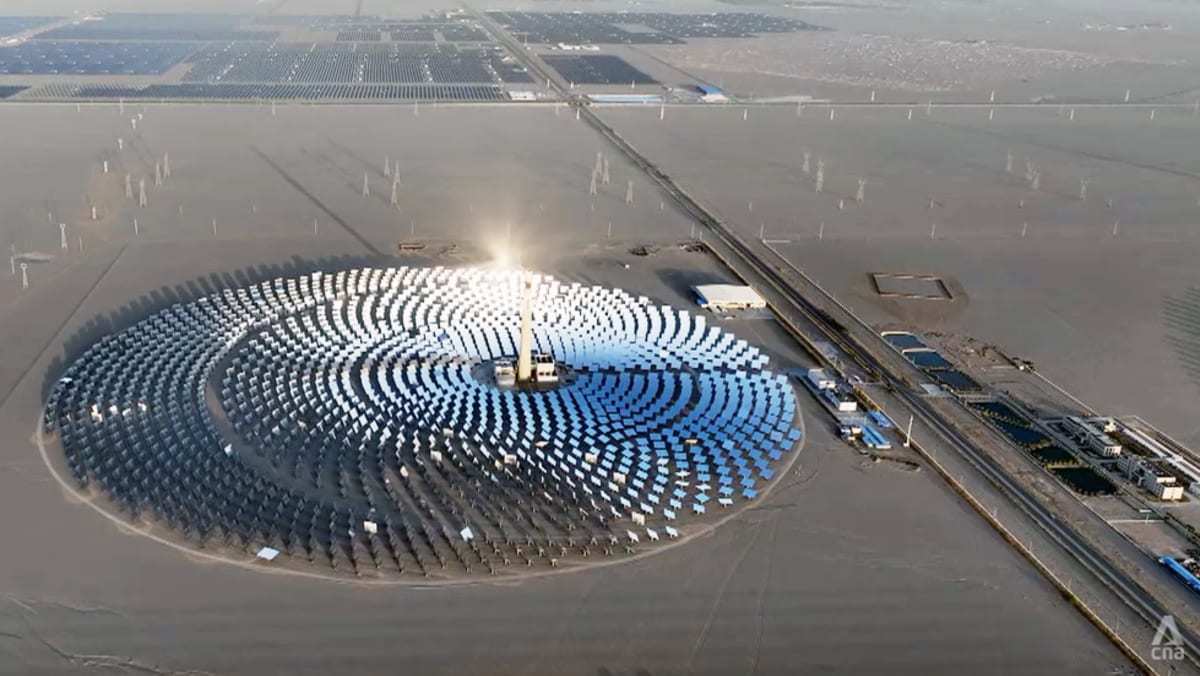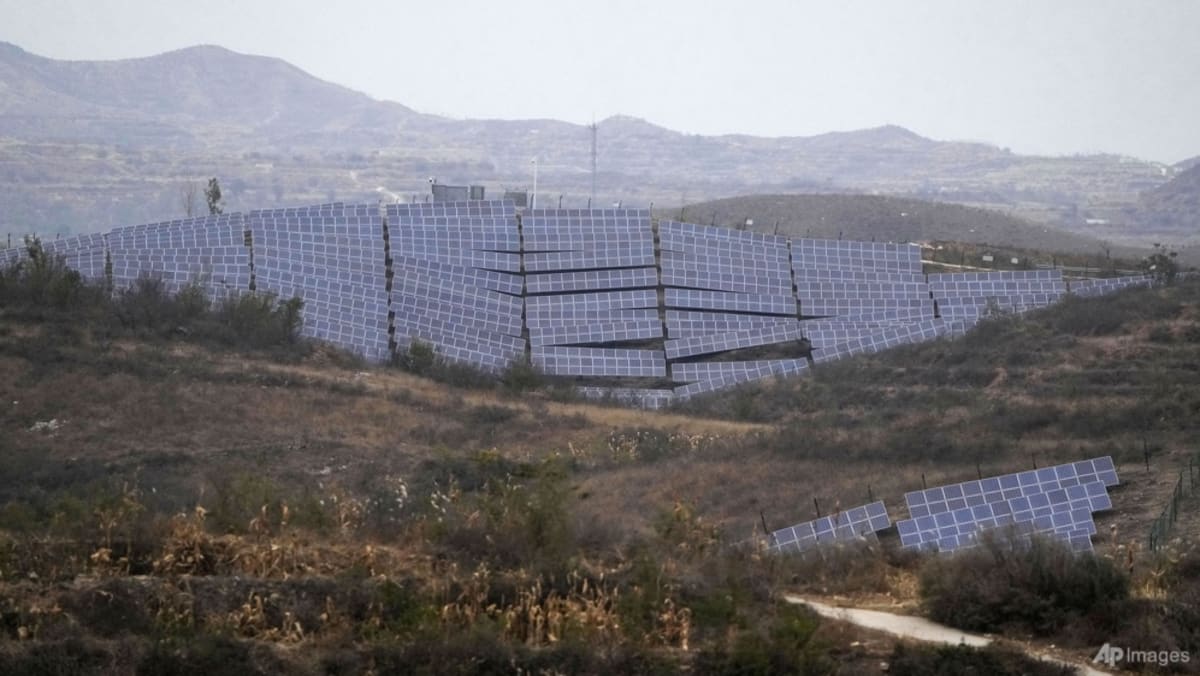In rural China, solar energy is transforming the lives of villagers, providing an additional income source and contributing to poverty alleviation. Through initiatives like the Solar Energy for Poverty Alleviation Programme (SEPAP), homeowners lease their roofs and land to solar companies. In return, the electricity generated is sold to the grid, with profits shared with the homeowners. This has benefited over 400 million people, generating income and addressing poverty issues.
Program Success and Scale
SEPAP, initiated in 2014, has significantly contributed to China’s solar capacity growth, surpassing the 2020 target of 10 gigawatts to reach 26 gigawatts. By April 2023, China’s solar capacity had soared to 430 gigawatts, making it the world’s leading producer of renewable energy. The program has become a hallmark of China’s commitment to green energy and poverty reduction, providing sustainable solutions for rural communities.
China’s Broader Commitment to Renewable Energy
China’s commitment to renewable energy extends beyond solar power. With over 4,300 operational or under-development wind farms, the country generates 46% more wind power than all of Europe, establishing itself as a global leader in wind energy. The nation’s clean energy investments have experienced exponential growth, reaching US$546 billion in 2022, up from US$67.7 billion in 2012. This comprehensive approach positions China as a major player in the renewable energy landscape.
Contradictions and Coal Power Expansion
Despite its achievements in renewable energy, China faces inherent contradictions, notably as the world’s largest climate polluter. The country permitted the construction of more coal power stations in 2022 than in any year since 2015. Addressing environmental challenges requires substantial financial resources, with an annual expenditure of about 4 trillion yuan. China grapples with balancing economic growth and environmental sustainability, navigating the complex intersection of industry and ecology.
Economic Drivers of China’s Green Transition
China’s green transition was catalyzed by external demand, particularly from Europe. Over 80% of the world’s solar cells are now manufactured in China. At the inception of China’s solar industry, there was no domestic market, but European demand drove investments and technological advancements. The combination of lower costs and profitability enabled Chinese companies to expand rapidly, transforming China into a global leader in renewable energy technology.
Dunhuang’s “Super Mirror Power Plant”
An emblematic symbol of China’s green investments is the molten salt solar thermal power station in Dunhuang. Covering 7.8 square kilometers in the Gobi Desert, this 100-megawatt “super mirror power plant” is the largest of its kind in China. The station uses photovoltaic mirrors to concentrate and reflect sunlight onto a receiver tower, where molten salt is heated. Unlike conventional photovoltaics, this technology allows for continuous electricity generation even after sunset, showcasing China’s commitment to innovative and sustainable energy solutions.
Conclusion: Navigating a Green Future
China’s dual approach to renewable energy, encompassing solar leasing for rural empowerment and broader investments in clean energy, reflects a multifaceted commitment to a sustainable future. The country’s trajectory from meeting external demand to driving domestic growth exemplifies the intricate interplay of economic, environmental, and technological factors. As China continues to navigate the complexities of its green transition, it stands at the forefront of global efforts to balance industrial development with ecological preservation.
Source: channelnewsasia.com





